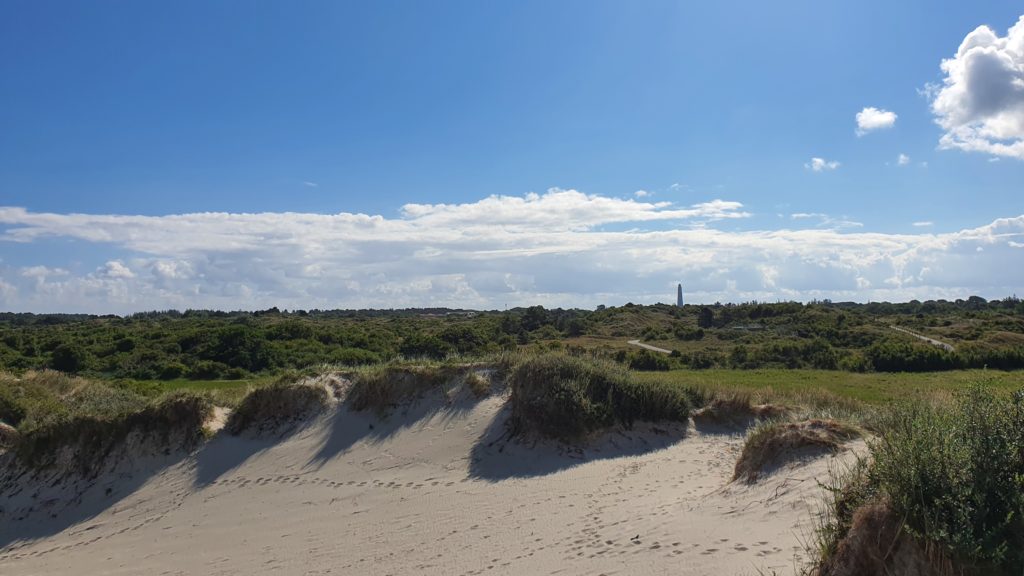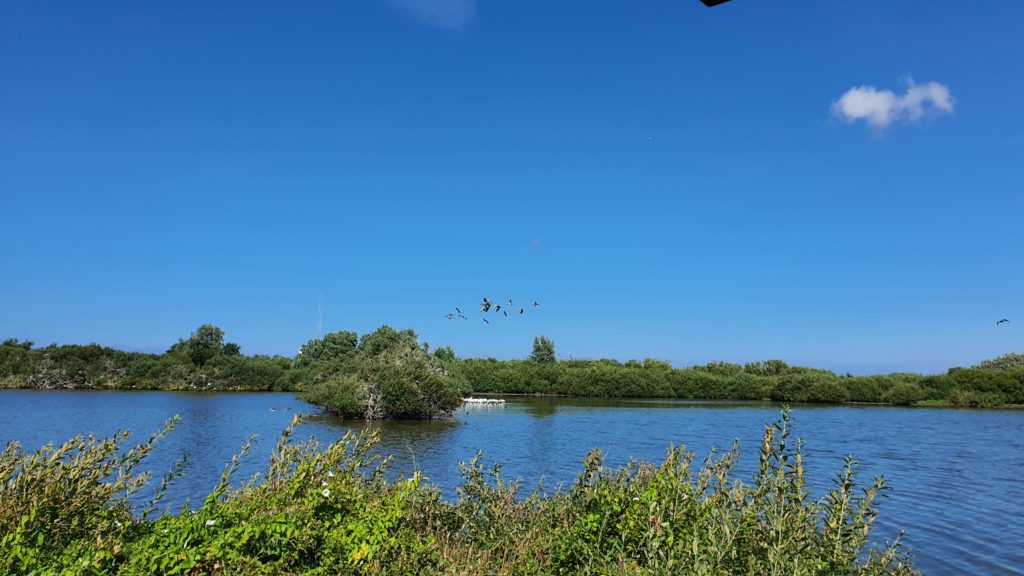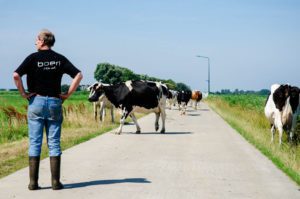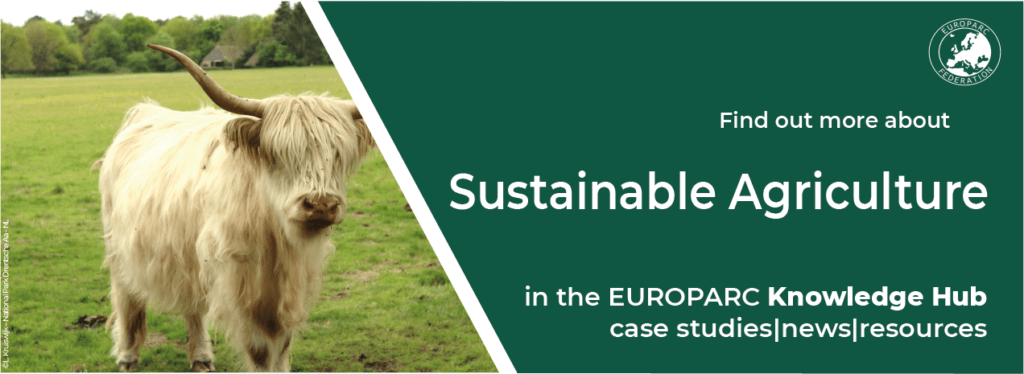Cooperating for Biodiversity: the case of Schiermonnikoog in the Netherlands
In the Netherlands, farmers are protesting the government’s plans to cut nitrogen emissions. This article details the innovative plan created by farmers at Schiermonnikoog that will cut emissions, whilst ensuring the farmers’ livelihoods.
The Nitrogen problem
Agriculture is essential to support human life, but it can also be destructive to nature when practised too intensely. Cattle produced manure, as well as fertilizers, emit high levels of greenhouse gases, amongst which nitrogen. This calls for legislation, policies, and most of all, collaboration, amongst the parties involved to work together toward a more sustainable way of farming. EUROPARC believes that only in working together with farmers, we can reach long-term, sustainable solutions that are Good for People and Good for Nature.
The Netherlands, like other EU countries, is required to protect nature. This pertains especially to the protection of the 162 Natura 2000 areas in the country. For years, the expulsion of nitrogen in The Netherlands has been too high, resulting in damaged and vulnerable nature.
40% of the nitrogen affecting Natura 2000 areas comes from the agricultural sector. This is because of the high amount of cattle in relation to the amount of square meters. The steps undertaken to actively battle the problem have only had limited effects so far. In order to reach the climate goals by 2030, the government plans aim to reduce greenhouse gas nitrogen by 70 percent, mainly in farming areas close to nature reserves. Now, it is clear that in order to drastically reduce the nitrogen output, the amount of cattle in the Netherlands will need to be reduced as well. This poses the question:
Is there a way for farmers and the government to work together towards what is, in the end, a shared goal?
The Schiermonnikoog Island case study detailed here is doing just that.
Cooperating for Biodiversity: the case of Schiermonnikoog in the Netherlands
In the Dutch Waddensea, on the Island of Schiermonnikoog, there are seven dairy farmers. Almost the entire island is designated as a National Park.

Dune Area at Schiermonnikoog Island © Esther Bossink, EUROPARC
According to the Natura 2000 Schiermonnikoog Management Plan, the nitrogen emissions from agriculture on the vulnerable dunes of Schiermonnikoog are too high. The Dutch government has taken measures by issuing a nitrogen legislation that will mean drastic changes for the agricultural sector. Initially, the province planned to buy farmers out.
As former EUROPARC Intern Lisanne Kruiswijk mentions in her report “From production and protection paradigms to a landscape approach”, the farmers opposed to this idea. Instead, they came up with a collaborative plan. A solution through which the seven dairy farmers of the island would implement nature-promoting measures, including a voluntary decline in the number of cows by no less than 35%.
The pillars of the project
The main goal of the project is the realization of biodiverse agriculture on the island. Together with Natuurmonumenten and other parties, the dairy farmers have drawn up a joint target for 2030. The three pillars on which the project stands are:
1. The realization of biodiverse agriculture on the island: Measures will be implemented to make agriculture on the island more biodiverse, such as strip cultivation, healthier soil life and a substantial reduction in livestock.
2. Producing and selling own dairy products from the Island: The loss of income due to the downsizing of the livestock of cows will be compensated by the creation of a cheese factory on the island, and selling island cheese products.
3. Residual flows: The farmers take care of the residual flows that agricultural production entails. For example, farmers are investigating how best to deal with matters such as:
- Grass clippings from the salt marsh
- Verge clippings
- Cleaning the locks
- Whey from future cheese production
- Solid manure

Westerplas at Schiermonnikoog, an important resting place for birds © Esther Bossink, EUROPARC.
The project is financially supported partially by the state, and a big push comes also from the European CAP pilot, in the framework of the agricultural European Innovation Partnership (EIP-AGRI).
Takeaways

Farmer with cows in Schiermonnikoog
On Schiermonnikoog the farmers are working closely with the government and the business community, such as the Louis Bolk Institute, Ministry of Agriculture, Nature and Food Safety, Provincie Fryslân, Gemeente Schiermonnikoog, D&U Advies, Rabobank, Natuurmonumenten and FrieslandCampina.
Cooperation and collaboration are key to protecting both farmers’ and nature’s interests, and in this case, the location and setup of the island, where stakeholders are highly dependent on one another, played a significant role.
The way forward
This is a great example of a collaborative approach that could be implemented elsewhere. Whilst, there are still roadblocks to tackle, the work on Schiermonnikoog can be seen as “flagship” project on collaboration between farmers, nature managers, private companies and governmental institutions. It reminds us once again that
Alone you go faster, together you go further
Read the full case study here.
